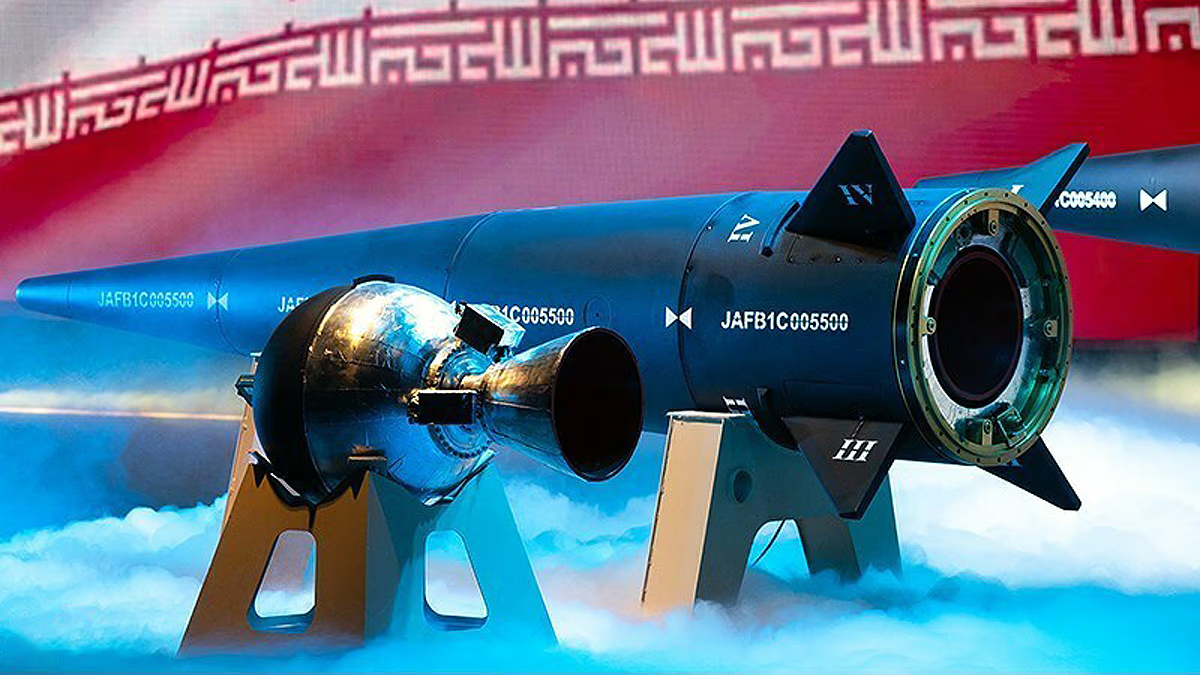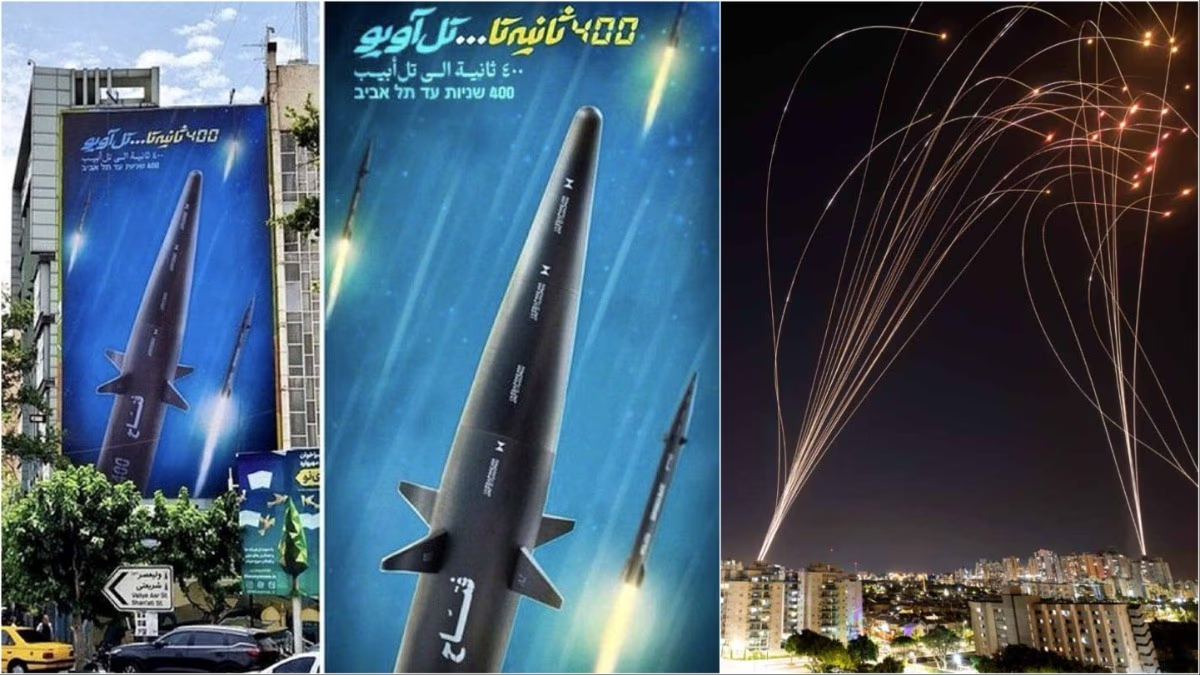Israel boasts the world's finest air defense system, known as the Iron Dome, supplemented by Arrow-2 and Arrow-3. Yet, these defenses struggled against Iran's new hypersonic missile during an October 1st assault. This cutting-edge missile pierced through the Iron Dome.
Boasting a speed of 17,900 km/hr, this missile can reach Tel Aviv from Iran in just 400 seconds—approximately six and a half minutes. With a range of 1,400 km, it is a medium-range ballistic missile named Fateh. Israel can detect it but intercepting it proves challenging.

Source: aajtak
Back in April, several similar attacks occurred, with the Iron Dome struggling to intercept seven Fateh missiles. Iran, alongside Hezbollah, Hamas, and Houthi, orchestrates coordinated attacks involving missiles, rockets, and drones. Simultaneous assaults from multiple fronts can overwhelm air defense systems.
The Fateh is a medium-range hypersonic missile, capable of carrying a 350-450 kg warhead. Powered by a solid-fuel engine, it has a range of 1,400 km and travels between 16,052 km/hr and 18,522 km/hr. Its distinctive maneuverability allows it to change direction at will and evade radar detection with ease.

Source: aajtak
Initial strikes on Israel often involve Shahed drones and rockets, delivering an initial shockwave. Subsequently, subsonic cruise missiles mark a second wave of assault. The final bombardment features Fateh hypersonic and other ballistic missiles. Israel's Iron Dome continues to enhance its strategic countermeasures.




